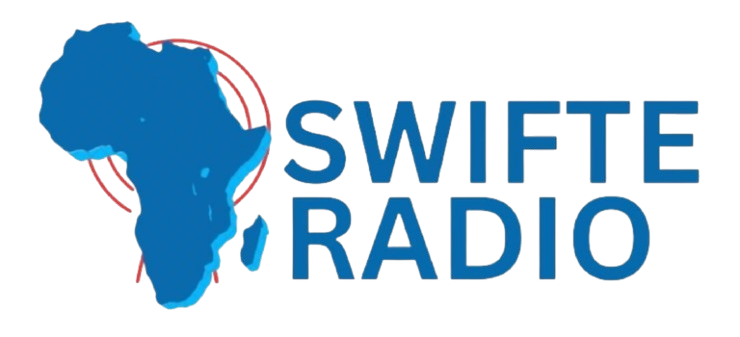This year’s Eid al-Adha celebrations across North Africa are unfolding under the weight of severe economic and environmental pressures. Once a time marked by communal feasts and livestock sacrifices, the holiday is being reshaped by prolonged drought, soaring inflation, and a sharp decline in livestock availability.
For millions of families in countries like Morocco, Algeria, and Tunisia, the cost of participating in the sacred tradition of animal sacrifice has become almost unattainable. Drought conditions, which have persisted for years in parts of the region, have devastated grazing lands and significantly reduced herd sizes. Combined with the rising cost of feed and fuel, the price of livestock has skyrocketed—placing enormous strain on household budgets.
A Holiday Tradition Under Threat
Eid al-Adha, also known as the Festival of Sacrifice, commemorates the willingness of Prophet Ibrahim (Abraham) to sacrifice his son as an act of obedience to God. Central to the celebration is the ritual slaughter of livestock, typically sheep or goats, with the meat distributed among family, neighbors, and the poor.
But in 2025, many families across North Africa are being forced to reconsider or forgo this practice altogether. In Morocco, for instance, the price of a sacrificial sheep has risen by more than 30% compared to last year. In Algeria and Tunisia, similar price hikes are making it increasingly difficult for average citizens to uphold the tradition.
Environmental and Economic Double Blow
The ongoing drought is one of the worst in decades, draining reservoirs and reducing fodder supplies. Livestock farmers, already burdened by high input costs, are now contending with lower birth rates among animals and increased mortality.
“This year has been exceptionally hard,” said a livestock trader in central Tunisia. “We are selling fewer animals at higher prices, but even that doesn’t cover our costs. People are walking away because they can’t afford it.”
The situation is exacerbated by broader economic woes. Inflation continues to erode purchasing power in the region, with food and transport costs surging. In rural areas, where many depend on livestock for their livelihoods, the hardship is even more acute.
Social and Religious Implications
The inability to afford a sacrificial animal is not just an economic issue—it carries social and spiritual weight. In many communities, performing the qurbani (sacrifice) is seen as both a religious obligation and a matter of honor. The rising costs have sparked anxiety and shame among those who cannot participate.
Religious leaders across North Africa have been encouraging alternative forms of observance, such as collective sacrifices or symbolic donations. Some mosques and NGOs are organizing group purchases to ensure that lower-income families can still fulfill the ritual in some form.
Government Response and Long-Term Outlook
Governments in the region have taken limited steps to ease the burden, such as subsidizing animal feed or capping transport costs. However, the structural challenges of climate change, population pressure, and economic instability continue to strain resources.
Experts warn that unless sustainable agricultural practices and long-term water management strategies are adopted, the region’s livestock sector—and by extension, key cultural traditions like Eid al-Adha—will remain vulnerable.
As the faithful prepare to mark one of Islam’s most important holidays, the mood in North Africa is subdued. Eid al-Adha 2025 is becoming not just a spiritual observance, but a reflection of the region’s deepening challenges.
Swifteradio.com


